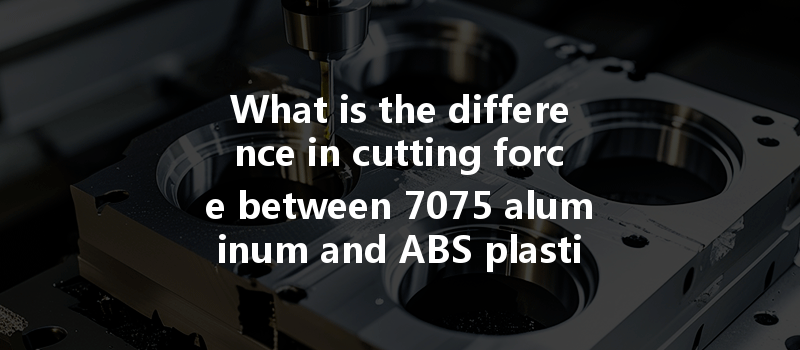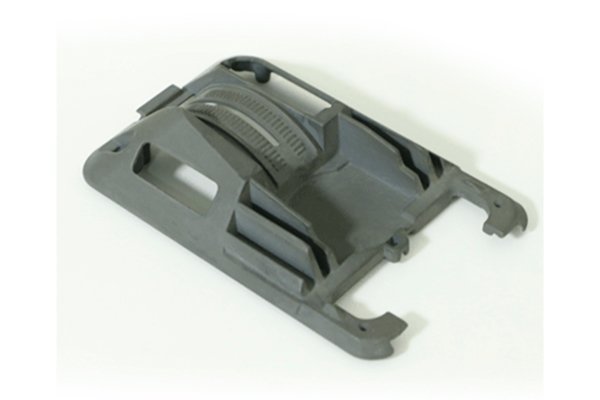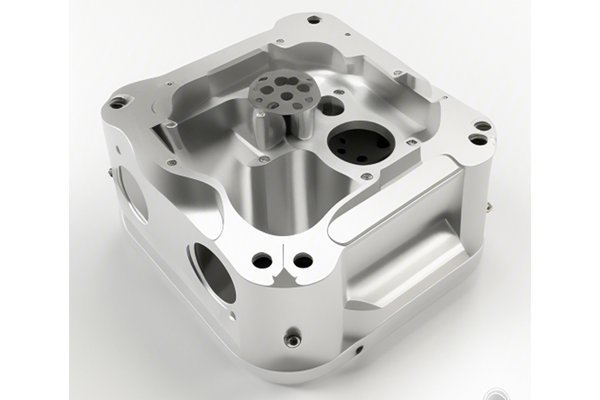Opening
Did you know that aluminum is one of the most widely used metals in CNC machining due to its excellent strength-to-weight ratio? While various grades of aluminum exist, 7075 aluminum stands out as a preferred choice for applications requiring robustness and durability. On the other end of the spectrum lies ABS plastic—a thermoplastic well-known for its superior impact resistance and ease of machining. So how do these two materials compare in terms of cutting force when subjected to CNC machining? Understanding the forces at play not only helps manufacturers optimize machining processes but also enables them to make informed decisions regarding material choices for specific applications.
Understanding Cutting Force in CNC Machining
Before diving into the comparison between 7075 aluminum and ABS plastic, it’s essential to understand the concept of cutting force. Cutting force is the force required to shear material as it is being cut by a machining tool. This force can significantly influence the machining process’s efficiency, accuracy, and overall product quality. By knowing the cutting force associated with different materials, operators can fine-tune parameters like feed rates, cutting speeds, and tool selection, ensuring optimal machining conditions.
The Characteristics of 7075 Aluminum
7075 aluminum is an alloy primarily composed of zinc, with smaller amounts of magnesium and copper, making it one of the strongest commercially available aluminum alloys. Here are some key characteristics:
The Characteristics of ABS Plastic
Acrylonitrile Butadiene Styrene (ABS) is a thermoplastic known for its ease of machining and a balance of toughness and rigidity. Key benefits include:
Direct Comparison of Cutting Force
When comparing the cutting forces required for CNC machining of 7075 aluminum and ABS plastic, several factors come into play:

Factors Affecting Cutting Force in CNC Machining
Several factors impact cutting force in CNC machining apart from the material itself:
Practical Solutions for Optimizing Cutting Forces
To optimize cutting forces during CNC machining of 7075 aluminum and ABS plastic, manufacturers can consider the following strategies:
The comparison of cutting forces between 7075 aluminum and ABS plastic reveals important insights that can significantly influence CNC machining practices. While 7075 aluminum offers impressive strength and is ideal for high-stress applications, its machining requires careful consideration of cutting forces, tool selection, and machining parameters due to its hardness. On the other hand, the ease of machining ABS plastic allows for higher feed rates and quicker setups but lacks the mechanical strength of aluminum.
As manufacturers continue to push the envelope in terms of product capabilities, understanding the intricacies of cutting forces becomes vital for optimizing both performance and cost. A thorough evaluation of the specific applications, along with adaptive machining strategies, ensures that whether you choose aluminum or plastic, the machining process will yield high-quality results with minimized production costs.
Reflecting on this blog, it’s clear that the decision between using 7075 aluminum and ABS plastic should be based not only on the end requirements but also on a deep understanding of the machining dynamics involved. Such insights promote better decision-making that can, in turn, enhance product performance, manufacturing efficiency, and overall satisfaction in aerospace, automotive, and various other industries.






